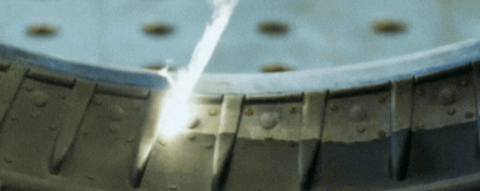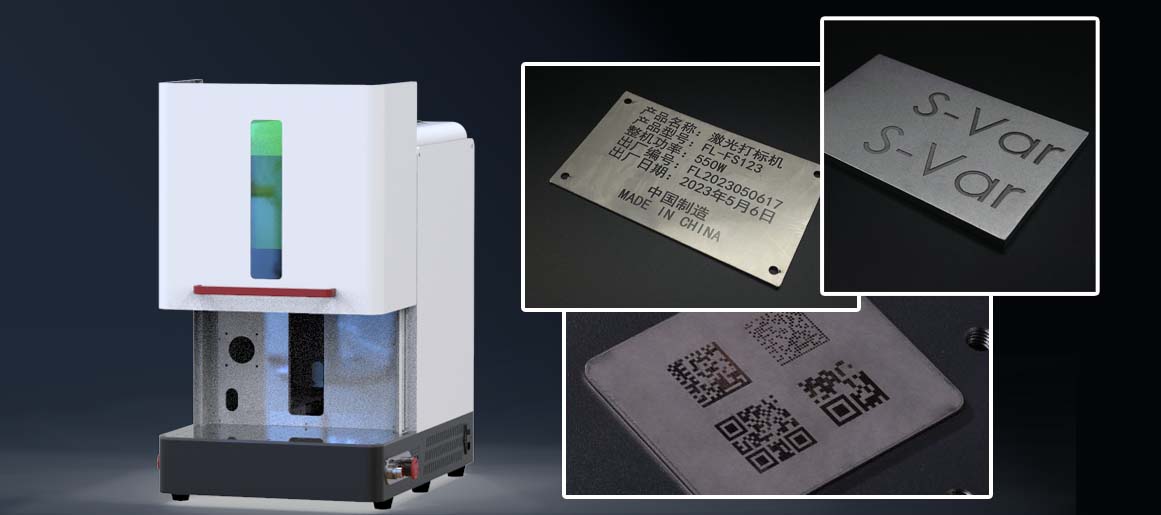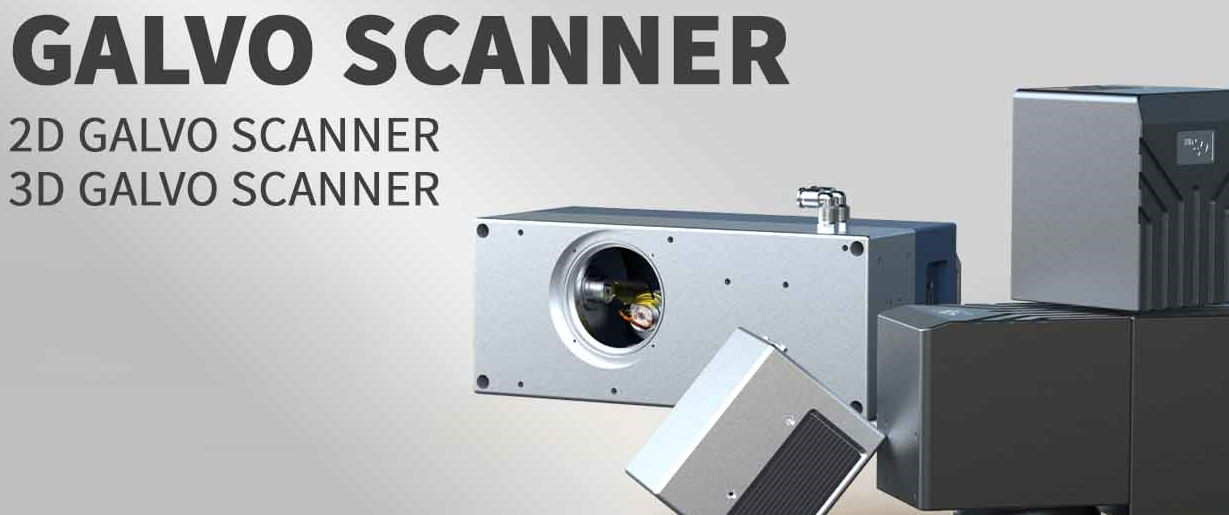
Introduction
In the era of sustainable and intelligent manufacturing, laser cleaning technology is revolutionizing the way composite materials are produced and maintained. Compared with conventional abrasive blasting, manual grinding, or chemical cleaning, laser cleaning provides a non-contact, eco-friendly, and automated solution for mold and surface treatment.
This advanced process not only improves efficiency and reduces operational costs but also ensures a healthier and safer environment for workers in composite production facilities. The result is cleaner molds, longer tool lifespans, and higher-quality composite components.
Laser Cleaning in Composite Manufacturing
Manufacturers of composite parts increasingly rely on laser cleaning machines to remove resin residue, release agents, oils, and oxides from production molds. These molds, often made from materials such as steel, aluminum, or invar, require periodic cleaning to maintain surface integrity.
Traditional cleaning techniques—like manual polishing, sandblasting, or chemical soaking—often cause dust emissions, surface degradation, and even shape deformation. By contrast, laser surface cleaning precisely removes unwanted layers without damaging the mold substrate, ensuring longer mold life and consistent performance.
A typical industrial laser cleaning system can automatically process large and complex structures, making it ideal for aerospace and automotive composite workshops. Such systems can clean several square meters per hour while maintaining high precision, supporting both tool maintenance and bonding preparation for carbon fiber reinforced plastic (CFRP) components.
Working Principle of Laser Cleaning
Laser cleaning operates on the principle of laser ablation, where high-energy laser pulses are directed at the target surface to vaporize and remove contaminants. The process combines thermal ablation, photochemical decomposition, and shockwave effects to achieve selective material removal.
By adjusting parameters such as laser wavelength, pulse duration, and energy density, operators can tailor the cleaning process to different mold materials.
Pulsed laser cleaning machines are typically used for delicate surfaces that require fine removal of coatings or residues while preserving the base material.

Continuous laser cleaning machines, on the other hand, deliver higher power for removing thick layers of paint, rust, or heavy contaminants from industrial tools and molds.

This high level of control ensures precise, uniform cleaning across both metallic and composite surfaces.
Versatile Applications Across Materials
The versatility of laser cleaning technology allows it to be used on metals, plastics, ceramics, and various composite materials. In composite manufacturing, laser cleaning efficiently removes contaminants such as epoxy, polyester, vinyl ester resins, and mold release agents—without damaging the mold’s structural integrity. This enables repeated reuse of molds, reduces downtime, and improves production efficiency.
Modern automated laser cleaning systems can integrate with robotic or gantry platforms for large-area cleaning. These setups are especially useful for purifying large composite tools, aerospace components, or automotive molds that require consistent surface preparation before bonding, coating, or inspection.
The scalability of laser cleaning systems—ranging from low-power units for precision cleaning to high-power solutions for large industrial surfaces—makes them suitable for virtually any manufacturing environment. Equipped with dust and debris extraction systems, these solutions further enhance the safety and cleanliness of the workspace.
The Future of Laser Cleaning in Composite Manufacturing
As the demand for eco-friendly and high-precision surface treatment grows, laser cleaning machines are setting new benchmarks for composite production. Future development will focus on integrating AI-based visual recognition and automated parameter control to achieve smart adaptive cleaning, ensuring consistent results even in complex geometries.
In addition, the global push toward sustainable manufacturing will continue to accelerate the shift from chemical to green laser cleaning technologies. These systems not only reduce waste and emissions but also help industries meet increasingly stringent environmental regulations.
Conclusion
Laser cleaning technology is redefining the standards of composite material manufacturing by delivering precise, safe, and environmentally sustainable cleaning performance. Its non-contact operation preserves valuable molds, enhances production efficiency, and reduces operational costs.
From aerospace composite structures to automotive tooling, laser cleaning machines provide an innovative and scalable solution for the future of surface treatment. As industries continue to pursue cleaner and smarter production, laser cleaning stands as a core technology driving this transformation.







